FEATURES|COLUMNS|Dharma Eye (inactive)
The Wonders of Kham and Larung Gar
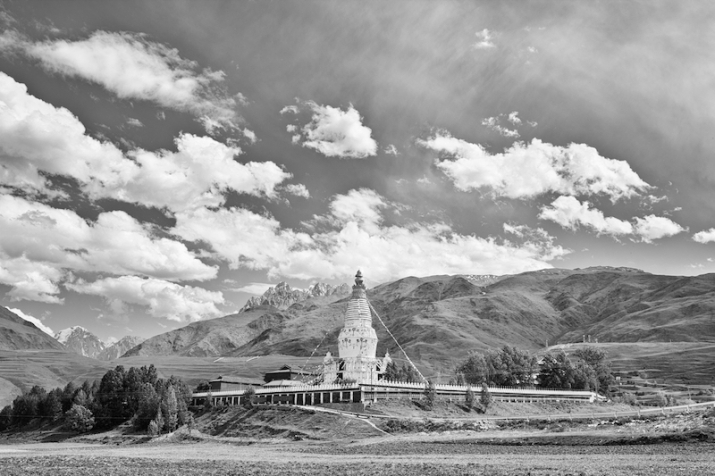
Traveling to the town of Larung Gar in the traditional Tibetan region of Kham was for me a mini-pilgrimage in itself. Larung Gar Buddhist Institute, founded in 1980 by Khenpo Jigme Phuntsok, is probably the largest religious institute in the world and is situated in quite a remote area— the closest major airport is in Chengdu, 24 hours away by road, which is probably why I met very few other foreign travelers during my visit there this spring. During my journey overland from Chengdu I passed through many scenic Tibetan villages and had a growing feeling of stepping back in time.
There are many aspects to understanding Kham. Politically, the region has had a very troubled history. Numerous monasteries and sacred sites were destroyed during China’s Cultural Revolution (1966–76). In 1959, during the Chinese invasion and the Tibetan national uprising, many people were killed, or lost their homes and had to seek refuge elsewhere, mostly in neighboring India. The repercussions from this upheaval are still being felt.
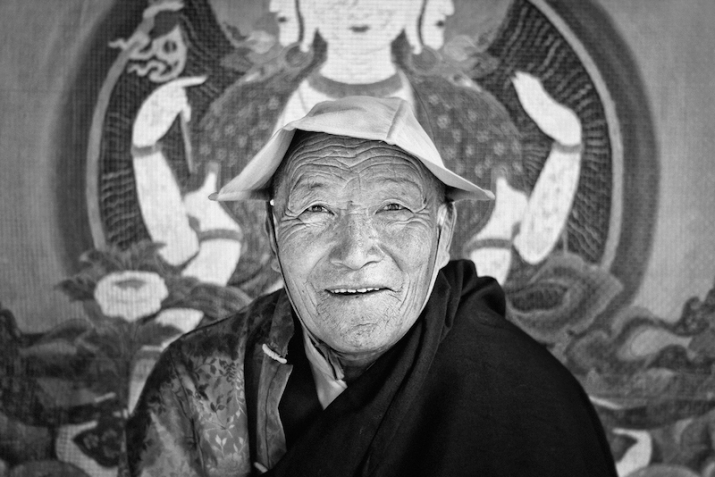
Kham is much calmer nowadays, and while the policies and directives of Beijing have wrought many changes and left a heavy mark on the region, it is wonderful to see that many monasteries have been rebuilt and are deeply cherished. The Tibetan people seem to have lost none of their devotion to Buddhism, and the nuns and monks are disciplined, serious, and eager in the pursuit of their sacred studies.
I decided to make two stops en route to Larung Gar, one in Kangding and one in Ganzi. Kangding is the gateway to the Tibet Autonomous Region in western Sichuan Province. The township is home to many beautiful Tibetan monasteries, such as Ngachu Monastery, which dates back to 1654; Lhamo Tse Monastery; Dordrak Monastery, which is also more than 400 years old; and Dentok Monastery, perched atop Mt. Paoma, which overlooks Kangding.
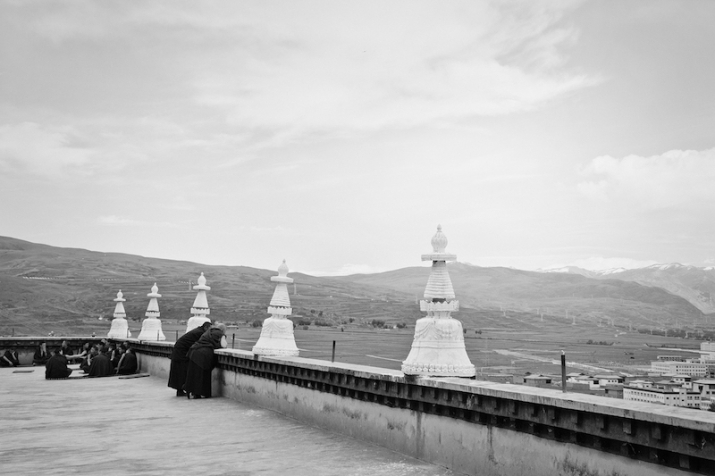
Ganzi, some 300 km from Kangding, is one of the most beautiful and exceptional places I have ever had the good fortune to visit. Never have I met so many warmhearted, smiling, cordial, and benevolent people in one place. Every second person welcomed me with a heartfelt “Tashi Delek,” or simply greeted me with a smile.
Dominated by towering snow-covered peaks and seemingly endless expanses of lush green hills, the landscape around Ganzi is breathtaking. Buddhism is about recognizing one’s own inherent purity, and I have the distinct impression that as one ascends in altitude, the landscape exhibits a corresponding increase in purity and clarity and possesses a freeing quality. The endless vistas in these vast regions seem to broaden the perspective of the visual sense. The magnificence and beauty of Ganzi and its surroundings are truly exceptional.
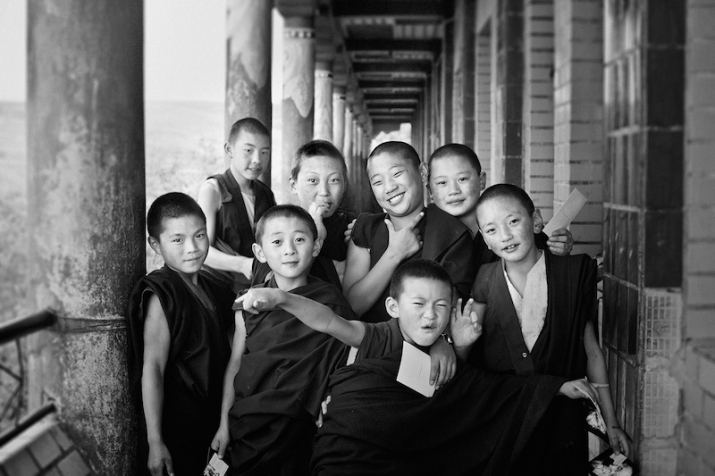
Ganzi Monastery sits on a hilltop overlooking the town, with a beautiful nunnery immediately behind. Most wonderful, however, was the ancient Degongbu Temple in the center of town. Small yet very active, this is the temple most frequently visited by pilgrims and the town’s inhabitants. It stands apparently unmolested by the turbulence of history and preserves the ancient traditions and blessings of many years of devotion. The main hall is dark and atmospheric, with statues of deities illuminated by flickering butter lamps. The murals, statues, and thangkas are works of profound beauty executed by artists who were clearly highly skilled.
I believe one can deeply sense when a piece of art has been created with devotion and sincerity as it has the capacity to inspire the perceiver and to convey a “spiritual energy.”
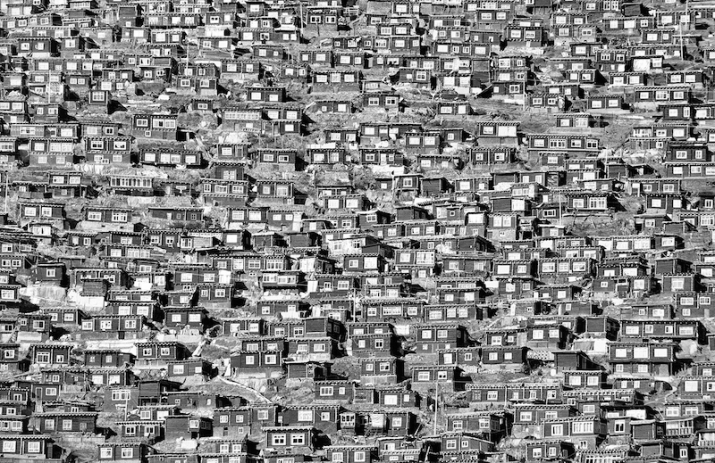
Without this quality, an object represents the form of something spiritual but is unable to speak to the viewer or to charge the atmosphere in the same way as a great piece of art. Of course, this relationship is one of interdependence. There are always at least two parties involved in artistic communication: the artist who creates a work based on his or her perspective and the audience who views it from their own.
Regardless, art created with devotion and love exhibits an unceasing magic and flavor that speaks to all, and in the case of a temple, it can provide a certain sacred and magical quality, as was the case with Degongbu Temple. While it is fortunate that so many of these wonderful artifacts in Kham were saved from destruction at a time when many others were lost, during my visit I also saw many new pieces of shining brilliance.
After visiting Ganzi, I continued on to my final destination of Larung Gar . . .
This travelogue will be continued in Part Two, on the visit to the Larung Gar Buddhist Institute.
Victoria Knobloch is a member of Dharma Eye—The Buddhist Photographer Collective. To learn more about Dharma Eye and Victoria’s work as a photographer, visit Dharma Eye’s website.














